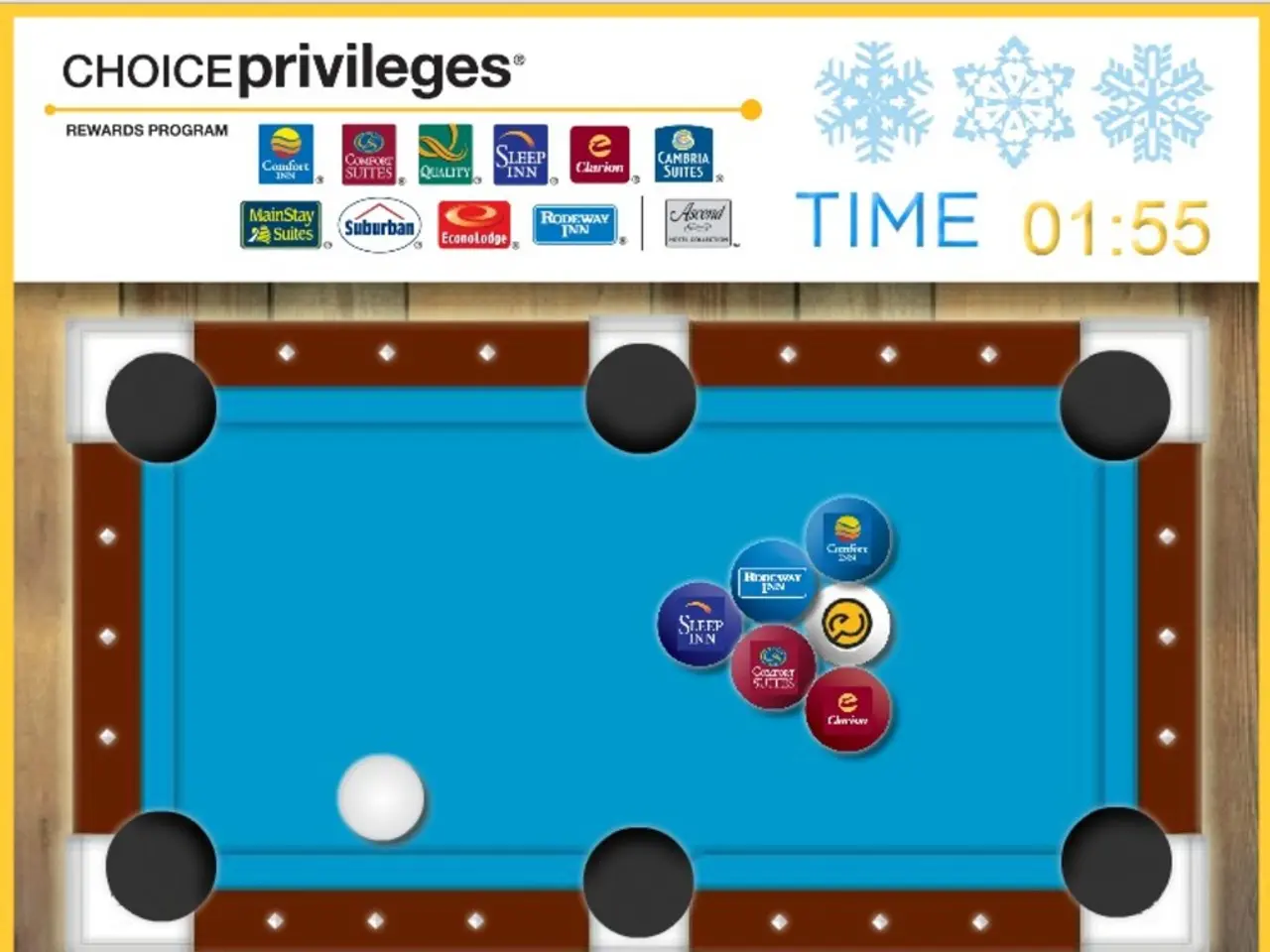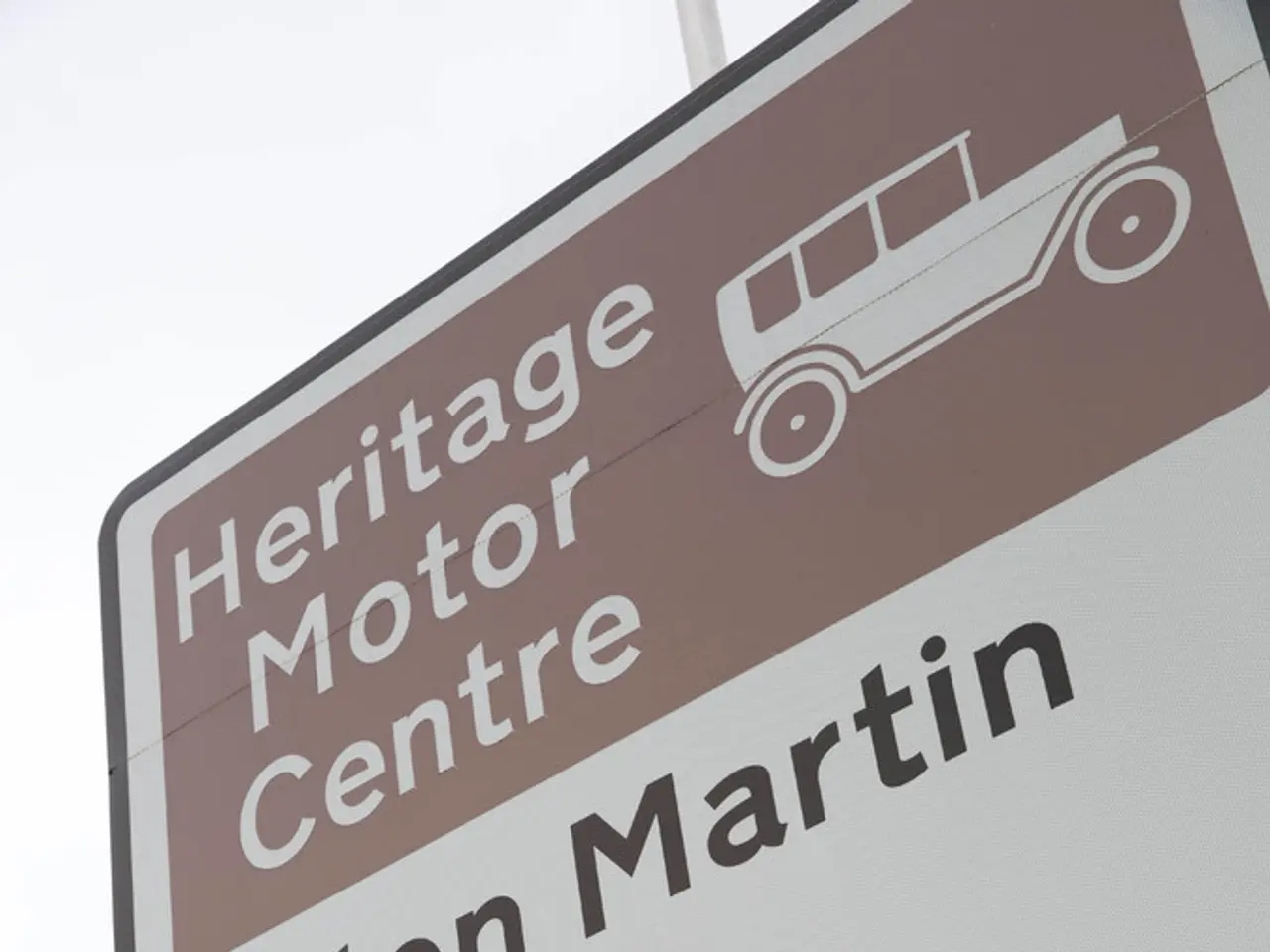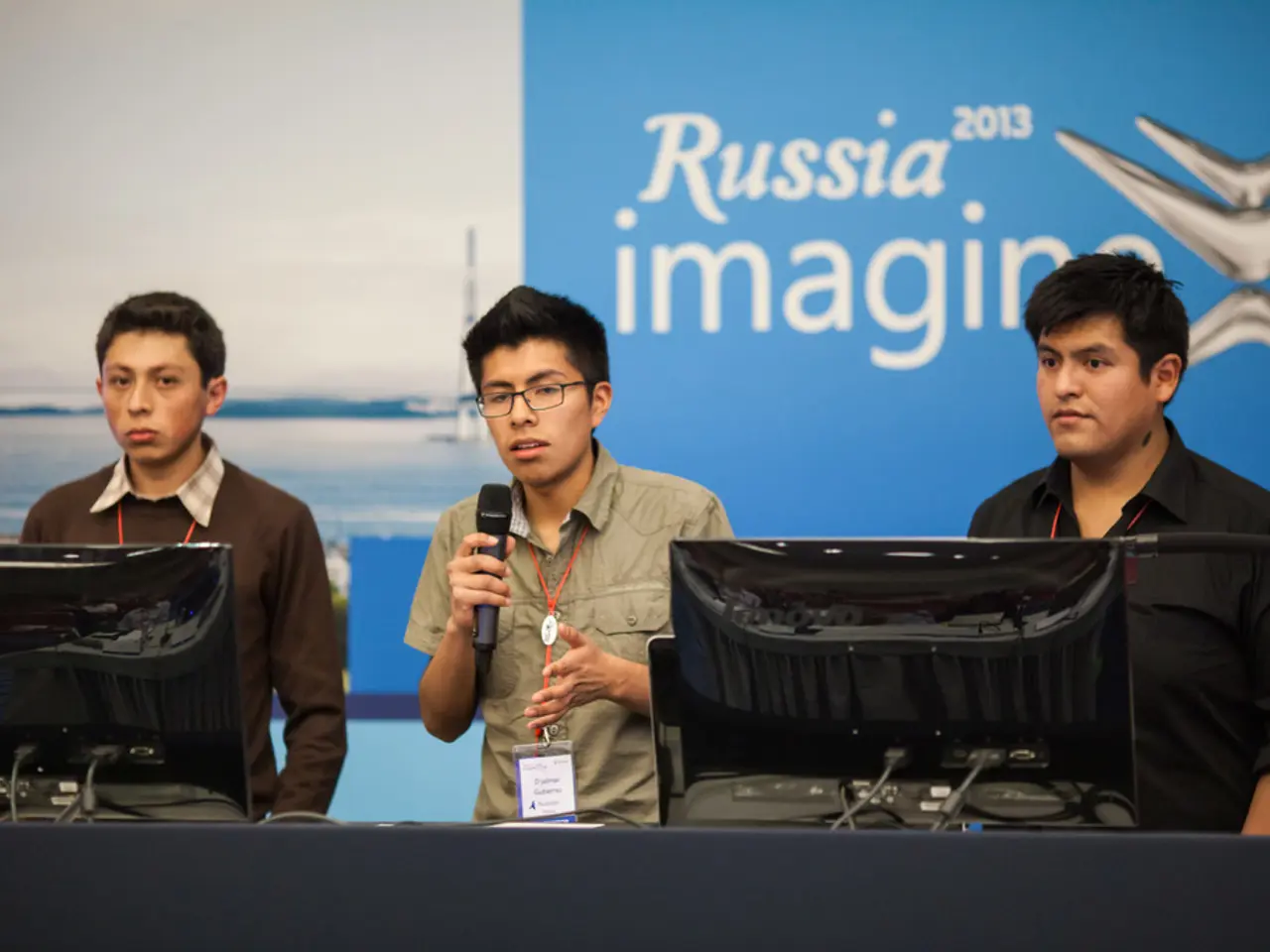Estimation Procedure for Outsourced Artwork • RocketBrush Studio's Approach to Pricing Artwork Projects
In the dynamic world of game development, creating high-quality concept art is a crucial step that sets the tone for the visual aesthetics of a game. To ensure accurate and realistic estimates, it's essential to provide comprehensive information and clear requirements to concept art studios. Here's a step-by-step guide on what to include and consider:
1. **Define the Scope and Type of Concept Art**
Specify whether the concept art is for characters, environments, props, or other elements. Detail the complexity level, whether simple, moderate, or complex, and indicate the number of variations or iterations expected.
2. **Provide Visual and Style References**
Share mood boards, existing artwork, or style guides to clarify the artistic direction. Mention any specific artistic styles, color palettes, or thematic inspirations. If available, provide initial sketches or rough ideas to help guide the concept development.
3. **Detail the Deliverables**
Clarify what final outputs are required: rough sketches, monochromatic value studies, fully rendered color concepts with textures and lighting. Specify the views needed (front, back, side), poses, or action shots. State if additional elements like accessories, environment context, or special effects are necessary.
4. **Outline Project Timeline and Deadlines**
Indicate the expected turnaround time or milestone deadlines. Consider that simple character concepts may take 1-2 days, while complex designs could require weeks, especially with multiple poses or accessories.
5. **Specify Technical Requirements**
Define file formats, resolution, and dimensions. Note if layered files for animation or further production are needed. Mention if there will be revisions and how many iterations are expected.
6. **Communicate Project Background and Audience**
Share the game genre, target audience, and platform(s) to ensure the art aligns with user expectations. Include any validated game concept insights or psychological profiles of players if available to tailor visual styles.
7. **Budget and Resource Constraints**
Provide budget limits or constraints to help studios tailor the scope. Clarify if outsourcing or multiple artists will be involved.
By providing these details, studios can create accurate, realistic estimates, reflecting the true effort needed to produce quality concept art that aligns with the project's vision and scale. The studio encourages providing as much information about even the slightest and seemingly "insignificant" details about the required game art.
The studio, one of the top concept art studios, promises to provide a relevant art outsourcing estimation for the project within 1-2 business days after collecting all the information and references. You can request a game art cost estimation for your project by reaching out through the provided website or using the forms below. The more details provided before starting the project, the better the final result.
The studio prioritizes matching the customer's vision and style requirements throughout the project. It's open to signing a Non-Disclosure Agreement (NDA) if sensitive information needs to be shared. Visual references are encouraged to help the team understand the client's vision, and these can be any relevant images, such as screenshots, in-game art, sketches, concepts, or gameplay gifs.
The studio can handle various types of graphical assets, including character art, concept or sketch, animation, VFX, and more. It's essential to specify the type, number, and deadline for the graphical assets for effective planning and estimation. A new project brief can serve as a reference point to simplify the process. Nuances such as whether the 2D character will be used to create a 3D model later, whether characters will have a background, or if they will be cropped later, can significantly impact the project's scope.
The studio looks forward to creating top-notch game art and graphical assets for you, their dearest partner. It's beneficial to provide rough measurements for the game art resolution if the exact resolution is not yet decided. The studio's 3D-modeling list of essentials can be taken into account if the game project requires 3D works. The studio would like to know as much as possible about the game, including genre, inspiration, gameplay mechanics, and lore.
- To align the visual aesthetics of the game with the modern lifestyle and expectations of tech-savvy gamers, consider incorporating elements of cutting-edge technology in the game's concept art.
- To keep players engaged and entertained, collaborate with the concept art studio to design immersive environments and characters that reflect trending themes in entertainment and pop culture.




